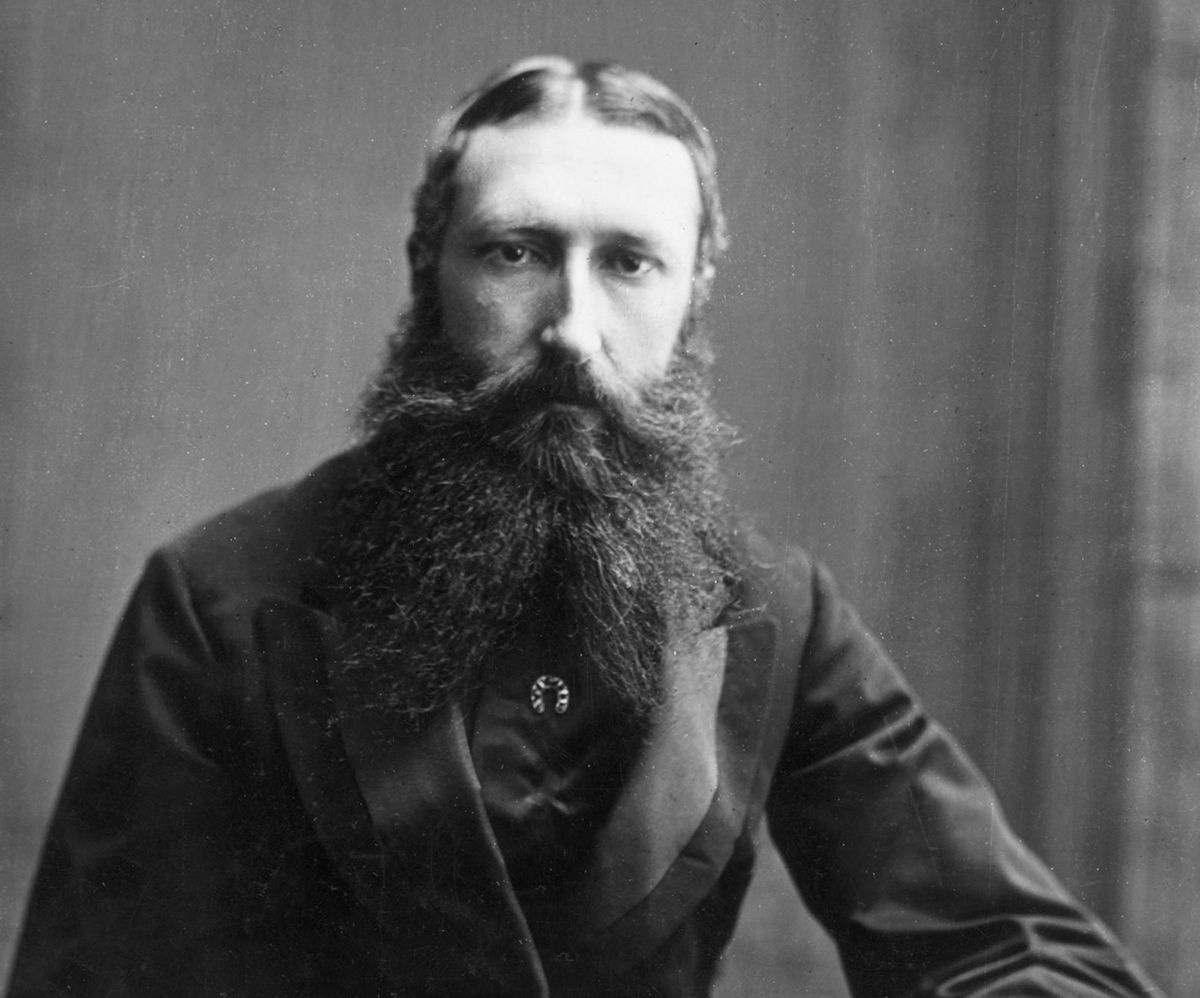
King Leopold II of Belgium is a figure shrouded in controversy and intrigue. Who was King Leopold II? He was the second King of the Belgians, reigning from 1865 to 1909. Known for his ambitious colonial pursuits, he established the Congo Free State, which became infamous for its brutal exploitation and atrocities. Why is King Leopold II significant? His reign marked a dark chapter in colonial history, with millions of Congolese suffering under his rule. Despite his contributions to Belgium's infrastructure and economy, his legacy remains tainted by the human rights abuses in Congo. Want to know more? Here are 37 facts that delve into the life, reign, and lasting impact of King Leopold II.
Key Takeaways:
- King Leopold II of Belgium had a complex legacy, with significant contributions to Belgium's infrastructure but also a dark history of exploitation in the Congo, sparking ongoing debate and scrutiny.
- Despite his positive impact on Belgium's development, Leopold II's brutal rule in the Congo, marked by exploitation and atrocities, overshadows his achievements, sparking ongoing controversy and calls for reevaluation.
Early Life and Ascension to the Throne
King Leopold II of Belgium, born on April 9, 1835, was a complex figure whose actions left a lasting impact on history. Let's dive into some fascinating facts about his early life and rise to power.
- Leopold was the second son of King Leopold I and Queen Louise-Marie of Belgium.
- He became the Duke of Brabant at birth, a title traditionally given to the heir apparent.
- His full name was Léopold Louis Philippe Marie Victor.
- Leopold married Marie Henriette of Austria in 1853, a union that was more political than romantic.
- He ascended to the throne on December 17, 1865, following the death of his father.
Ambitions and Colonial Ventures
Leopold II is perhaps best known for his colonial ambitions, particularly in Africa. His actions in the Congo Free State have been widely criticized.
- Leopold was obsessed with acquiring colonies to enhance Belgium's prestige.
- He founded the International African Association in 1876, ostensibly to promote exploration and humanitarian efforts.
- In 1885, he gained control of the Congo Free State, a territory 76 times the size of Belgium.
- Leopold ruled the Congo as his personal property, separate from the Belgian government.
- His administration in the Congo was marked by extreme brutality and exploitation.
The Atrocities in the Congo
The Congo Free State under Leopold's rule became infamous for its human rights abuses. Here are some chilling facts about this dark period.
- Forced labor was rampant, with locals compelled to harvest rubber and ivory.
- Failure to meet quotas often resulted in severe punishment, including mutilation.
- An estimated 10 million Congolese people died due to the harsh conditions and violence.
- The atrocities were exposed by missionaries and journalists, sparking international outrage.
- In 1908, the Belgian government took control of the Congo, ending Leopold's personal rule.
Economic Impact and Infrastructure
Despite his controversial methods, Leopold II made significant contributions to Belgium's infrastructure and economy.
- He invested heavily in public works, including the construction of the Royal Galleries of Saint-Hubert.
- Leopold initiated the development of the Belgian coast, transforming Ostend into a popular seaside resort.
- He funded the construction of the Cinquantenaire Park in Brussels to commemorate Belgium's 50th anniversary.
- Leopold's investments extended to the expansion of the Belgian railway network.
- He also supported the development of the port of Antwerp, boosting Belgium's trade capabilities.
Personal Life and Legacy
Leopold's personal life was as complex as his public endeavors. His legacy remains a topic of debate and reflection.
- Leopold and Marie Henriette had four children, but their marriage was strained.
- He had numerous affairs, most notably with Caroline Lacroix, a French prostitute.
- Leopold's relationship with his children was distant, particularly with his son, Prince Leopold, who died young.
- He was known for his extravagant lifestyle, often spending lavishly on personal projects.
- Leopold died on December 17, 1909, exactly 44 years after ascending to the throne.
Controversies and Modern Perspectives
Leopold II's reign continues to be scrutinized and debated by historians and scholars. Here are some modern perspectives on his rule.
- Many Belgians view Leopold as a visionary who modernized the country.
- Conversely, his actions in the Congo are condemned as one of the worst examples of colonial exploitation.
- Statues and monuments dedicated to Leopold have been the subject of protests and vandalism.
- In recent years, there have been calls to remove or contextualize these monuments.
- Some historians argue that Leopold's actions in the Congo set a precedent for later colonial abuses.
Cultural Depictions and Influence
Leopold II has been depicted in various forms of media, reflecting his complex legacy.
- Joseph Conrad's novel "Heart of Darkness" was inspired by the atrocities in the Congo.
- The 2006 documentary "King Leopold's Ghost" explores his rule and its impact.
- Leopold has been portrayed in films, television series, and plays, often as a villainous figure.
- His life and actions have been the subject of numerous biographies and historical studies.
- The debate over his legacy continues to influence discussions on colonialism and human rights.
Final Thoughts on Leopold II
Leopold II's reign was marked by both progress and profound suffering. His legacy serves as a reminder of the complexities of history.
- Despite his contributions to Belgium, his actions in the Congo overshadow his achievements.
- The ongoing debate about his legacy highlights the importance of examining historical figures from multiple perspectives.
Reflecting on King Leopold II's Legacy
King Leopold II's reign left a significant mark on history. His rule over the Congo Free State brought immense wealth to Belgium but at a tremendous human cost. Millions of Congolese suffered under brutal exploitation, leading to international outrage and eventual reform.
Leopold's legacy is a stark reminder of the dark side of colonialism. While he modernized Belgium, his actions in Africa cast a long shadow. Understanding these facts helps us grasp the complexities of historical figures and the impact of their actions.
Learning about Leopold II isn't just about the past; it's about recognizing the importance of human rights and ethical leadership today. By reflecting on these facts, we can better appreciate the need for accountability and compassion in governance.
Frequently Asked Questions
Was this page helpful?
Our commitment to delivering trustworthy and engaging content is at the heart of what we do. Each fact on our site is contributed by real users like you, bringing a wealth of diverse insights and information. To ensure the highest standards of accuracy and reliability, our dedicated editors meticulously review each submission. This process guarantees that the facts we share are not only fascinating but also credible. Trust in our commitment to quality and authenticity as you explore and learn with us.


